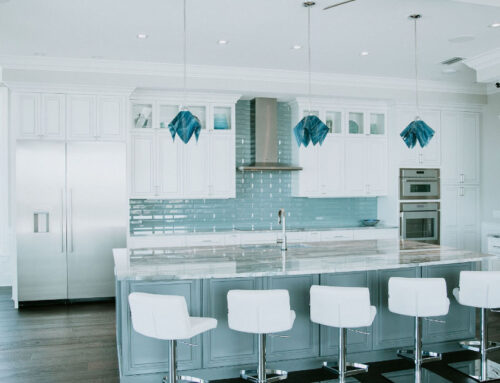Rainwater may be innocuous in small amounts, but if seepage or leaks are unnoticed, they can cause major structural issues. Rot, cracks in the foundation, and mold represent rain damage that is expensive to repair. Since moisture can easily go unnoticed, your best protection against water damage is prevention. You can take several precautions to make sure your house is as safe as possible before the summer rainy season begins.
Maintain the Roof
The roof is your primary protection against excessive water and rain damage. The entire function of your roof is to keep water out of the home and direct it away. A roof will generally last for 20-30 years; however, there are always exceptions. During our hurricane season, the high rains and winds can damage or loosen shingles, leading to leaks if they aren’t repaired. Keep an eye on your roof and note if you see any shingles that have been blown off or are not correctly attached. Replacing shingles as soon as you notice an issue is much easier and less expensive than dealing with the repercussions of a persistent leak.
Make Sure Water is Diverted Away
Water should never be allowed to pool near your home’s foundation. Poor drainage can wear away at the foundation over time and weaken it. Any slight cracks or weakening of the foundation can be detrimental to the structural integrity of the rest of the home. A poor foundation can cause your house to settle, leading to cracks in walls, uneven floors, doors that won’t close, and more.
Seal the Seams
The spaces around windows and doors are potential areas for water to enter and cause damage. To prevent this, check the weatherstripping on all of them to make sure it properly seals the fixture. You should also take a look at the outside of your windows and doors. Fill any cracks that have formed along with them with either foam sealant or a waterproof silicone caulk. If the paint is peeling anywhere, add a fresh layer–it helps protect the wood from moisture damage that could lead to rotting.
Check the Exterior
Water can get into your home through holes or spaces in between the exterior siding. Periodically take a walk around the outside of your home and check for areas that look damaged, warped, or weakened. It is much cheaper to replace these small portions than to deal with the greater damage that comes from missing or ignoring the problem area. Repaint any spots where the paint has thinned or peeled off to seal out moisture.
Keep an Eye on the Attic
It’s possible that you might not notice when a shingle isn’t properly attached. Make a habit of going up to your attic every once in a while and check around to see if you find signs of a leak. Since the attic is often “out of sight, out of mind”, many people don’t think to check it. However, this practice can allow you to spot a leak right away and prevent serious damage.
Rain damage can occur in the interior of your home, but can also wreak havoc on your outdoor living area. If you are looking to design a backyard oasis for entertaining or relaxing, be sure to consider the effects that large amounts of rainwater may cause. The professionals at West Coast Design Build Florida are experienced installers of kitchens, bathrooms and outdoor living spaces. Call today for more information.



